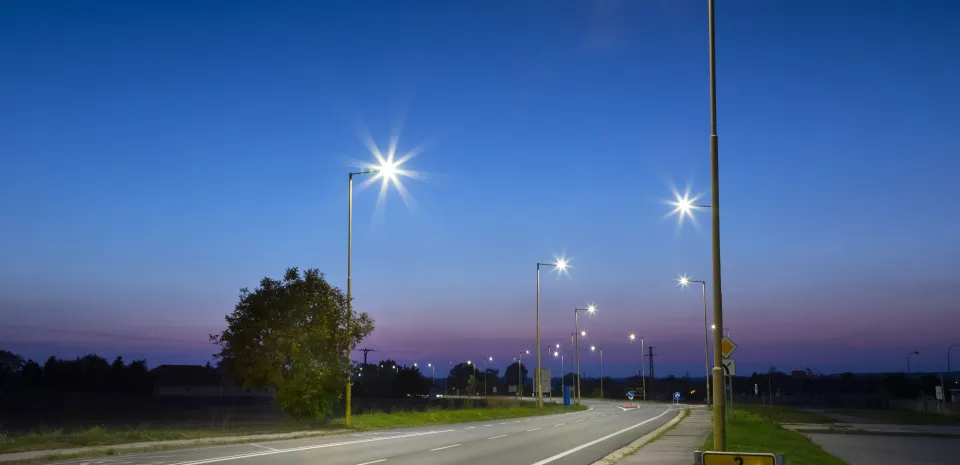Project Impact Assessment with M&V
The Project Impact Assessment with Measurement and Verification (PIAM&V) method is one of several methods under the ESS It calculates energy savings from a wide range of projects. For example, activities that involve installing, modifying, replacing or removing equipment.
The method uses internationally recognised measurement and verification (M&V) principles. It involves comparing:
- modelled energy consumption before an implementation, with
- modelled or measured energy consumption after the implementation is commissioned.
The NSW Government has published the Guide to measurement and verification of energy efficiency projects in Australia (M&V Guide). This is available on the NSW Climate and Energy Action website. Also available is a checklist of the steps required for an effective M&V process.
See below for information about the PIAM&V method, including:
- the 4 phases of a PIAM&V project
- End-User Equipment (EUE) categories
- requirements from Clause 7A of the ESS Rule
- guidance from the PIAM&V Method Guide
- combined PIAM&V audit regimes
- relevant documentation.
Phases of a PIAM&V project
This method is completed progressively as the project moves through 4 key phases of the M&V process.

The PIAM&V method lets you calculate energy savings for up to 10 years. You can use it to calculate energy savings for any of the eligible fuel types included in the ESS Rule.
An IPART-approved independent M&V Professionals must deem all projects are appropriate. This is a key requirement when using the PIAM&V method.
The PIAM&V method has 9 EUE categories:
- building envelope
- commercial heating/cooling
- industrial heating/cooling
- power generation systems
- power supply/distribution systems
- fluid transport and materials handling
- industrial processes (other)
- information and communication technology
- lighting.
Category descriptions with examples are in the PIAM&V Method Guide.
Are you an ACP planning to use this method? You must be accredited for the specific EUE category before the implementation date. Otherwise, you cannot calculate energy savings for that implementation under this method.
Are you an approved Measurement and Verification Professional? You must have approval for specific EUE categories. You cannot provide M&V services under the PIAM&V method outside of what you already have approval for.
The PIAM&V method is set out in clause 7A of the Energy Savings Scheme Rule of 2009 (ESS Rule). You must comply with the method as set out in the ESS Rule as well as the:
- PIAM&V Method Application Requirements for Non-Routine Events and Adjustments (NRE-A Requirements)
- PIAM&V Method Requirements.
NRE-A Requirements
The NRE-A Requirements were developed by NSW Government to support clauses 7A.5B and 7A.5B1 of the ESS Rule. Clause 7A.5B defines the NRE- A requirements. Clause 7A.5B1 provides requirements for managing non-routine events and non-routine adjustments. ACPs must apply the NRE-A requirements when using clause 7A.5B1 of the ESS Rule.
PIAM&V Method Requirements
The PIAM&V Method Requirements is published by IPART. It gives clarity and certainty on certain aspects of the PIAM&V method. It applies to ACPs, auditors and M&V Professionals.
The PIAM&V Method Requirements (April 2023) have replaced all previous method requirements. The PIAM&V Method Requirements dated 21 February 2020 and PIAM&V Method Requirements (No 2) dated December 2021 were repealed on 14 April 2023.
Any project requiring a non-routine adjustment, regardless of the implementation date, must now use the method set out in clause 7A.5B of the ESS Rule.
The PIAM&V Method Guide will help you understand the method and meet the requirements. It presents information based on the 4 phases of a PIAM&V project. It has approaches to forward creation and top-up creation of ESCs. Notice 02/2019 – Guidance for top up of Energy Savings under PIAM&V also provides information.
Are you an ACP with more than one EUE category on your PIAM&V method accreditation? If so, you may request a volumetric ESC creation and audit limit for certain EUE categories.
For approval, you must show you understand the PIAM&V method for the relevant EUE category.
You still need to audit remaining EUE categories on your accreditation. This would occur before registration (i.e. a pre-registration audit regime).
See our Fact Sheet – Combined audit regimes for PIAM&V for more information. It includes how to apply for a combined audit regime.
